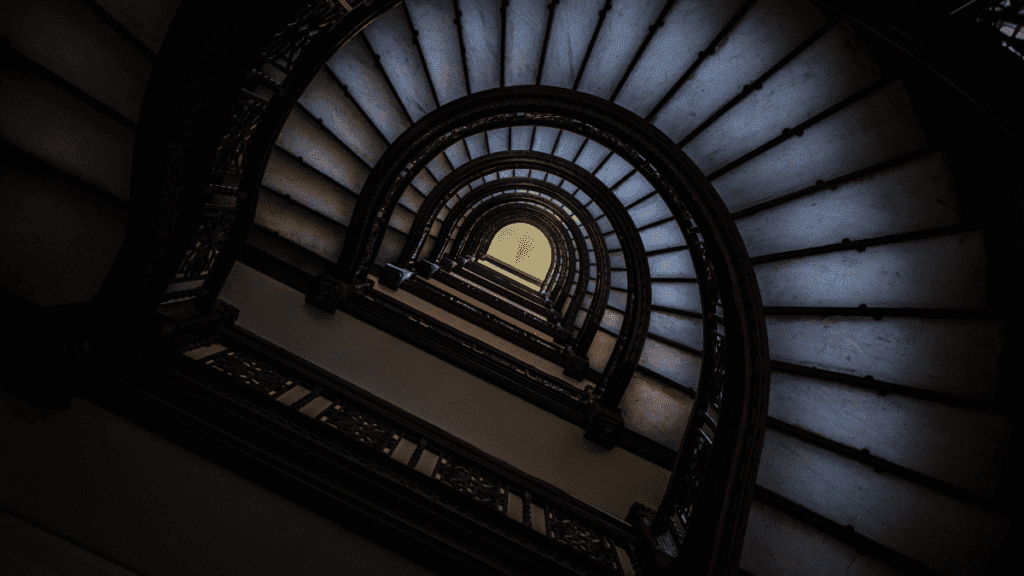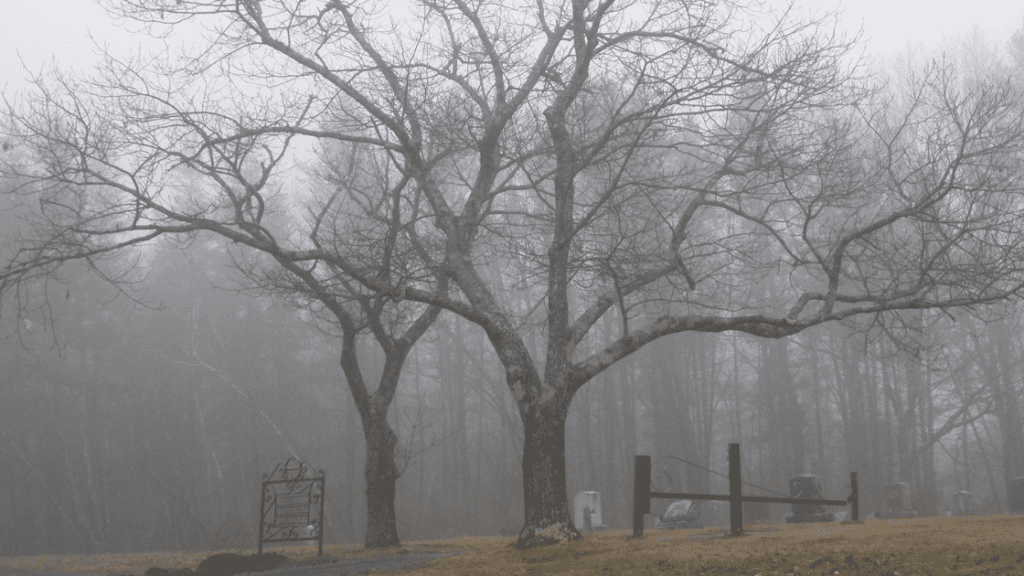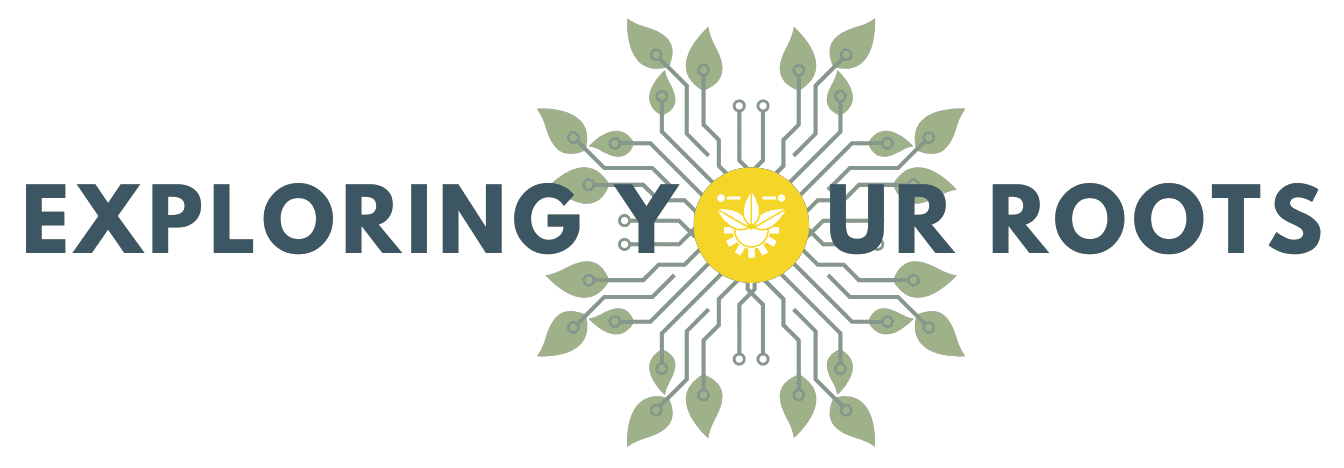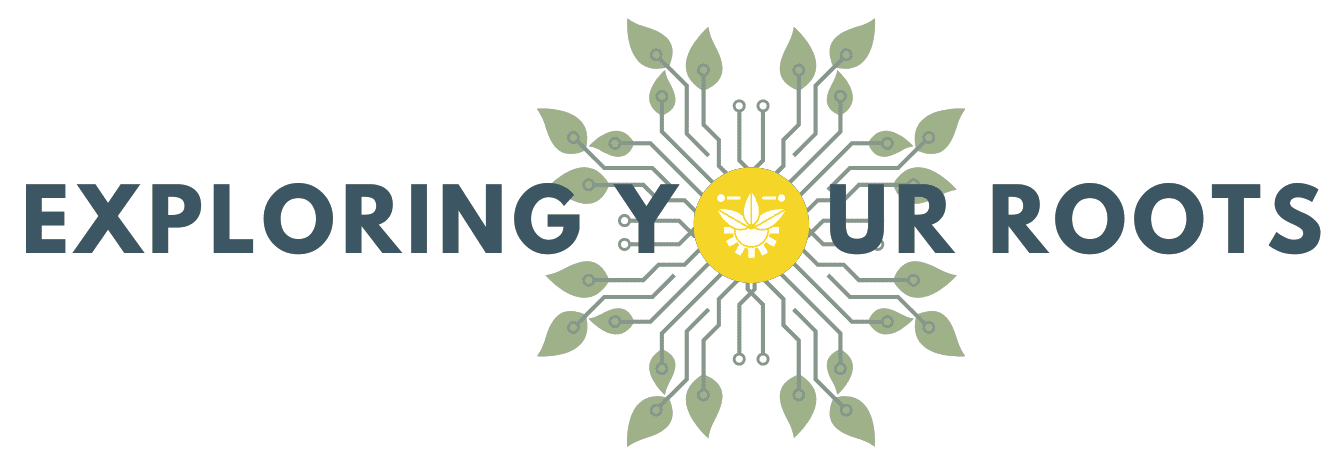Have you ever wondered about the existence of family ghosts? Are you curious if genealogy research can uncover details about the most mysterious and even supernatural stories in your family history? You’re not alone! Many people are intrigued by the idea of ghosts, spirits, and hauntings. They wonder about the afterlife and if it is possible to communicate with departed loved ones. Some people even believe that they have encountered ghosts in their own lives, or that they have a special connection with their ancestral spirits.
In this blog post, we will explore the intriguing intersection of genealogy and ghost stories. We will look at how historical beliefs, scientific explanations, and personal experiences can shape our understanding of the paranormal. We will also share some tips on how to use genealogy tools and techniques to uncover family mysteries, and how to explore haunted locations related to your ancestry. Finally, we will discuss the ethical considerations of including ghost stories in your genealogical research.
The Historical Connection
Throughout history, different cultures have had various beliefs and practices related to ancestors and spirits. Some cultures revered their ancestors as gods or guardians and offered them sacrifices or prayers. Others believed that their ancestors could influence their fate or fortune and sought their guidance or protection. And some feared their ancestors as vengeful or malevolent beings and tried to appease them or avoid them.
Genealogical research often uncovers long-forgotten family stories and myths, some of which may involve ghostly encounters. For example, you may learn that your ancestor was accused of witchcraft, or that your ancestor died in a tragic or mysterious way. You may also learn about the customs and traditions that your ancestors followed to honor or appease their dead.
These stories can provide valuable insights into your ancestral culture and worldview, as well as spark your curiosity and imagination about family ghosts. They can also inspire you to dig deeper into your family history and find out more about the people behind the legends.
Ghost Stories in Genealogy
There are many intriguing real-life stories where genealogy and ghostly encounters intersect. Some of these stories are famous family ghosts cases that have been documented by historians or researchers, while others are personal anecdotes that have been passed down by family members or shared online.
Here are some examples of genealogical ghost stories:
The Brown Lady of Raynham Hall
This is one of the most famous ghost photographs ever taken. It shows a woman in a brown dress descending a staircase in Raynham Hall, a historic mansion in Norfolk, England. The woman is believed to be Dorothy Walpole, the sister of the first Prime Minister of Great Britain, Robert Walpole. She was married to Charles Townshend, who was notorious for his violent temper. He locked her up in Raynham Hall after he discovered her affair with another man, and she died there in 1726. She is said to haunt the hall ever since, appearing as a ghostly figure in a brown dress.
The Ghosts of Gettysburg
The Battle of Gettysburg was one of the bloodiest battles in the American Civil War, resulting in over 50,000 casualties. Many people believe that the ghosts of the soldiers who died there still roam the battlefield and the nearby town. Some genealogists have traced their ancestry to the soldiers who fought at Gettysburg, and have visited the site to pay their respects or to look for clues about their ancestors’ lives. Some of them have reported seeing or hearing ghostly phenomena, such as apparitions, voices, or gunshots.
Ancestral Ghost Busters
Genealogist David C. Moberly recounts the intriguing ghostbusting adventures of two great-great uncles, Marion Oma Gano Tucker and Riley “Bud” Mayo, during the Great Depression in Texas and Oklahoma. Facing economic hardship, the duo traveled from town to town, offering to investigate haunted houses in exchange for room and board. In some cases, they debunked ghostly mysteries, like the case of a stray cat mistaken for a ghost near a cemetery. However, there were instances where they couldn’t explain the strange occurrences, such as phantom sounds of a man on a horse approaching a house, leading them to believe in the supernatural. They also guarded bodies overnight, encountering a chilling moment when a corpse appeared to sit up due to rigor mortis, terrifying them.
Science and Skepticism

Not everyone believes in ghosts, or that they have anything to do with genealogy. Some people are skeptical of the paranormal and prefer to find rational and scientific explanations behind ghostly experiences. They argue that there is no credible evidence to support the existence of family ghosts, and that most ghost stories are based on hearsay, imagination, or fraud. Some of the possible psychological and scientific factors that may create the illusion of ghostly encounters include:
Pareidolia
This is the tendency to perceive meaningful patterns or shapes in random or vague stimuli, such as seeing faces in clouds or rocks. This can also apply to sounds, such as hearing voices in static or white noise. Pareidolia can explain why some people see or hear ghosts in photographs, recordings, or dark places.
Confirmation bias
This is the tendency to seek, interpret, and remember information that confirms one’s preexisting beliefs or expectations. This can also influence how one perceives and recalls ghostly experiences. For example, if one believes that a place is haunted, one may be more likely to notice or remember any unusual or spooky events that happen there, and attribute them to ghosts.
Suggestion and expectation
These are the effects of external or internal influences on one’s perception and behavior. For example, if one is told that a place is haunted, or that a certain object belonged to a dead person, one may be more prone to experience ghostly phenomena there, due to the power of suggestion. Similarly, if one expects to encounter a ghost, or wants to communicate with an ancestor, one may be more likely to interpret any ambiguous stimuli as ghostly signs, due to the power of expectation.
Environmental factors
These are the physical conditions or elements that can affect one’s senses and emotions. For example, low lighting, cold temperatures, electromagnetic fields, infrasound, and carbon monoxide can all cause visual, auditory, or tactile hallucinations, as well as feelings of fear, anxiety, or dread. These can also contribute to the perception of ghostly encounters.
Genealogy Tools and Techniques

If you are interested in uncovering your family ghosts, you will need some genealogy tools and resources to help you with your research. There are many online and offline sources that can provide you with valuable information about your ancestors and their lives. Here are some tips on how to use them effectively:
Historical records
These are the official documents that record vital events in your ancestors’ lives, such as birth, marriage, death, census, immigration, military service, etc. You can access these records online through various websites and databases, or offline through local libraries, archives, courthouses, churches, etc. These records can reveal important details about your ancestors’ names, dates, places, relationships, occupations, etc.
DNA testing
This is a method of analyzing your genetic material to determine your ancestry and ethnicity. You can order a DNA test kit online from various companies, collect a sample of your saliva or cheek swab, and send it back for analysis. The results show your ethnic breakdown and matches you with other people who share your DNA. This information can be used to confirm or expand your family tree, as well as discover new relatives and connections.
Local archives
These are the repositories that store historical materials related to a specific area or community. You can visit these archives in person or online to access their collections of books, newspapers, maps, photographs, letters, diaries, etc. These materials can provide you with rich insights into your ancestors’ lives, cultures, and histories.
For more resources, check out Best Tools for Genealogy Research, Organizing, & Writing.
Exploring Haunted Locations
Another way to connect with your family history is to explore haunted locations related to your ancestry. There are many places around the world that have a reputation for being haunted by family ghosts, spirits, or other paranormal entities. Some of these places may have a direct link to your genealogical research, such as ancestral homes, cemeteries, battlefields, or landmarks. Others may have a general connection to your ancestral culture, region, or era.
Exploring haunted locations can be an exciting and adventurous way to learn more about your family history. You may discover new facts, stories, or clues about your ancestors and their lives. You may also experience some ghostly phenomena yourself or feel a sense of connection with your ancestral spirits.
Here are some examples of genealogical research related to haunted places:
The Tower of London
This is one of the most famous and haunted buildings in England. It has been used as a royal palace, a prison, a fortress, and a place of execution for centuries. Many people believe that the ghosts of the people who died there still haunt the tower, such as Anne Boleyn, Lady Jane Grey, and the Princes in the Tower. Some genealogists have traced their ancestry to the people who lived or died in the tower, and have visited the site to see if they can feel their presence or hear their voices.
The Myrtles Plantation
This is an antebellum plantation in Louisiana that is considered one of the most haunted houses in America. It is said to be haunted by at least 12 ghosts, including Chloe, a slave who was hanged for poisoning her master’s family; William Winter, a lawyer who was shot on the porch; and Sara Woodruff and her two children, who died of yellow fever. Some genealogists have investigated their family ties to the plantation, and have discovered that they had ancestors who owned, lived, or worked there. They have also visited the plantation and participated in ghost tours and investigations.
The Stanley Hotel
This is a historic hotel in Colorado that inspired Stephen King to write his novel The Shining. It is said to be haunted by various ghosts, such as the former owners F.O. and Flora Stanley, a young girl named Lucy, and a cowboy in room 428. Some genealogists have researched their family history related to the hotel, and have found out that they had relatives who worked or stayed there. They have also explored the hotel’s haunted rooms and corridors, and have reported seeing or feeling ghostly activity.
Ethical Considerations
While ghost stories can add an element of mystery and excitement to your genealogical research, they also raise some ethical questions. How should you include ghost stories in your genealogical research? How should you respect the cultural beliefs and family sensitivities of your ancestors and relatives when sharing such stories?
Here are some ethical considerations to keep in mind when dealing with ghost stories in genealogy:
Be honest and transparent
Do not fabricate or exaggerate ghost stories to make your family history more interesting or sensational. Always cite your sources and provide evidence for your claims. Don’t present ghost stories as facts, but as legends, myths, or personal experiences.
Be respectful and sensitive
It’s important not to mock or ridicule the beliefs or experiences of your ancestors or relatives regarding ghosts or spirits. Do not impose your own views or interpretations on them. Avoid exploiting or disrespecting their memories or graves for entertainment or profit.
Be careful and cautious
Do your homework as not to trespass or damage private property or historical sites when exploring haunted locations. Do not provoke or disturb anything you encounter while there. Be mindful of not endangering yourself or others by engaging in risky or illegal activities.
Genealogy and ghost stories are two topics that can captivate and fascinate many people. They not only deal with the mysteries of our past but can establish a connection to our ancestors. Both challenge our perception of reality and our understanding of the unknown. In this blog post, we have explored how genealogy and ghost stories can intersect in various ways. We have looked at how historical beliefs, scientific explanations, and personal experiences can shape our view of the paranormal. We have also shared some tips on how to use genealogy tools and techniques to uncover family ghosts, and how to explore haunted locations related to your ancestry. Finally, we have discussed the ethical aspects of including ghost stories in your genealogical research.
We hope this has inspired you to embrace the mysteries of your family history while maintaining a critical mindset. Conducting genealogical research with curiosity and enthusiasm and sharing your findings and stories with others can be a rewarding and meaningful endeavor!


